Dog owners know how hard it is to discipline those adorable fur babies. However, with the right tools, dog training doesn't have to be such a tedious job. Yes, you have to be patient with the process. But once you master training your dog, the bond becomes stronger.
You will find endless training tools for your dogs. The popular ones among them are dog training collars. Although many find the idea of wrapping a collar around a dog's neck to be barbaric, it can be a proper way to train them.
A dog collar helps create a wholesome training experience for you and your fur baby. Using a collar, you can get your dog to adopt new behaviors.
As a pet parent, you need to understand your dog's behavior and the changes you want to bring in them. Accordingly, you can get your hands on the right collar.
From a choke chain to a flat collar, there are several types of dog training collars. Based on the specific needs of your pup or dog, you can make an informed choice.
From this blog, you will get to know about the diverse categories of training collars for dogs. Additionally, you will learn the factors to consider while selecting a dog collar.
Types of Dog Training Collars
At first glance, you may find dog collars to be nothing more than appealing accessories. But their purpose is more than that. They are also known to be the right tools for training dogs.
There are various types of dog collars for training. Each has different mechanisms. While some dog collars help correct destructive behaviors, others are effective in teaching good behaviors.
If you have a puppy and want to reinforce good behavior in it, you can use a head collar. The collar applies pressure to the chest, preventing your pup from pulling the leash when you're walking it.
Again, for dogs that need more discipline, you can use prong collars or choke chain collars. It creates adequate pressure around the neck to prevent undesirable actions in the future.
Regardless of these popular types, there are numerous types of dog training collars. Let's have a look at each one of them.
1. Regular Or Flat Collars

Among the different types of dog collars, regular collars are the most common ones. A regular dog collar is a good fit for well-behaved dogs and larger dogs.
Dogs that walk on the streets nicely without pulling on the leash or barking at others can be put on such training collars. These can work as the right tools only when you're a skilled trainer.
However, if you don't have experience in training a dog, this may not be a suitable option for you. You can gradually move up to a regular collar or flat collar when you're sure that your dog has adopted good behaviors.
You can combine a regular collar with top hands-free leashes to make the walking experience memorable for you and your well-behaved dog.
2. Martingale Collars

A martingale collar is similar to a slip collar. You can use these types of collars for gentler training purposes.
When you walk your dog and they pull the leash, the collar tightens around the neck without choking. You need to put these collars on the highest levels around your pup's neck, right below the ears.
The placement tightens the dog's neck without moving past their jawline. Furthermore, these collars help your dogs to keep their heads in a natural position instead of lunging or tilting sideways.
Martingale or slip collars are effective for most dogs. They are gentle yet effective training tools.
3. Prong Collars

A prong collar works by applying pressure to the fur baby's neck when the owner pulls it. These are the most controversial dog training collar types.
When your dog pulls on the leash during a walk, the collar will put pressure on their necks. As a result, they will become more responsive to their master, that is, you.
Dog parents use prong collars to correct bad behaviors like lunging on the leash, pulling, excessive barking, and jumping on people.
The use of prong collars is not often good because the pressure they create on a dog's neck can lead to strain or damage. However, if you pick the right size and use it correctly, prong collars can be practical training tools.
4. Smart Collars

Smart collars are packed with advanced technology that goes far beyond traditional dog collars. These collars are designed to help you monitor your dog’s activity, track their location in real-time, and even assist in behavioral training.
Using built-in GPS tracking, you can always know where your dog is—whether they're out in the yard, on a walk, or have wandered a little too far. This is especially useful for pet parents with escape-artist pups or dogs who love to roam.
Many smart collars connect directly to your smartphone via a dedicated app, making it easy to receive location alerts, set safe zones, and track your dog’s daily movements.
Some models also include features like behavior monitoring, which alerts you to unusual activity or patterns that could signal health or behavioral issues. Many are waterproof, designed for durability, and even have Wi-Fi compatibility for enhanced tracking accuracy.
Whether you’re a tech-savvy dog owner or simply want peace of mind knowing your furry friend is safe and healthy, smart collars like the Fi Collar are a modern solution worth considering.
5. Choke Chains
Among the different types of dog training collars, the choke chain is a popular type. These collars are designed to get your furry friend's attention.
Choke chains made of metal links constrict around the neck of your pups when they pull on the leash. These training tools essentially prevent your dog from exhibiting undesirable behavior and help them obey you.
But is there any downside to using choke chains? Well, there can be some injuries around the neck or trachea region if the chain is too tight.
To avoid such mishaps, ensure that the choker chain works well for your pup. Also, when you're putting it around their necks, make sure they are comfortable with the process.
6. Head Halters or H-type Harness

Head halters or H-type harnesses are another type of training collar for dogs that looks like a horse bridle. The design is gentle around the dog's neck.
A head halter is padded, featuring two loops. While one loop goes around the dog's nose, the other reaches the back of their head.
The function of this collar is to minimize head movements while walking, keeping your dog's head in a straight position. These collars create less pressure than traditional choke chains and prong collars.
You can use head halters for small dogs or pups with sensitive necks. It will allow them to move freely without pulling away from you.
7. Shock Collars (E-Collars)
Shock collars, aka e-collars, are also controversial dog training tools that you should only use in extreme cases. It may be the case that your dog is highly aggressive and requires proper correction.
When you put a shock collar around your dog's neck, it creates an electronic pulse through the prongs. A remote control usually generates the electronic pulse.
Once the dog feels the shock, it becomes uncomfortable, prompting them to correct their actions. Since the collar has the word "shock" in the name, many dog owners refuse to use it.
However, if your purpose and intentions are clear, this can be a great training tool for your dog. Avoid using it on dogs with sensitive necks, as the shock can cause potential damage.
8. Vibration Collars
To correct your dog's unwanted behaviors, you can use a vibration collar. This type of collar uses vibration instead of shock to correct a dog's bad behavior.
A vibration collar typically has an in-built device that emits vibration when you activate it through a remote control. As per the dog's needs, you can change the intensity levels of the vibration.
Compared to shock collars, vibration collars are safer and humane. The adjustment in the intensity levels doesn't cause any discomfort to your dogs.
You can use a vibration collar as a positive reinforcement for hearing-impaired dogs. Since they cannot follow your instructions, the collar will activate a vibration that will make them understand your command.
9. Spray Collars
Spray collars typically feature microphone sensors to detect the dog's vocalizations. These collars are effective for dogs that bark excessively.
As soon as your dog barks, the collar will detect its vocals and release a spray of citronella. The collar can also release a spray of a similar scent that will make the dog uncomfortable or surprised, and it will stop barking.
People use spray collars as effective alternatives for shock collars or vibration collars. To correct a dog's bad behavior, you can use a spray collar.
10. Buckle Collars
Buckle collars are popular dog training tools that you may find helpful for small and sensitive dogs. You can use these collars to help them become accustomed to the process of wearing a collar attached to a leash.
Before you move up to the advanced training tools or collars, you can make use of a dog collar. However, they may not be effective for large dogs. It is because the buckle may restrict the movement of their necks.
To train your dog with a buckle collar, ensure you choose the correct size. Ensure the collar fits its neck perfectly, without restricting neck movements while walking.
Key Factors to Consider Before Choosing a Collar
With so many different types of collars available in the market, choosing the right one can be a daunting task. As dog parents, consider a dog collar that suits your furry friend best.
Prioritize the safety of your dog while putting on a dog collar around its neck. It will help strengthen the bond that you share with your dog.
Make the walks count with a collar that allows them to move freely, yet gives you considerable control. Before you spend your money on buying a dog collar, the following are the key factors you should check for:
Safety:
An ill-fitted dog collar can pose a safety risk for your dog or pup. Before you buy a training collar for your dog, ensure that it fits. The collar should be snug but not too loose or too tight. For your pup's developing years, use collars with adjustable mechanisms. It will give them a sense of freedom while walking, allowing you to control them with a leash.
Ease of use:
Whatever collar you choose for dog training, ensure it's easy to put on your cute pup. In the growing years, many pups tend to wiggle out of their collars. It is thus essential that you get a dog collar that is simple and takes the minimum time to wrap around them.
Cost:
While it may seem feasible to purchase a cheap dog collar, a high-quality dog collar can be a cost-effective investment for the long run. When you wrap a cheap dog collar on your hyperactive dog, the chances are that it gets snapped after a few uses. To save money on frequent collar shopping, consider investing in a high-quality and durable collar.
Dog friendliness:
Of course, you're getting a collar for your dog, so their approval matters. It will be a challenge to put the collar around their necks initially. Therefore, you must get them familiar with the process. Choose a collar that your dog finds comfortable, and let them get into the process of putting on a dog collar.
Effectiveness:
Dog collars are more than simple accessories. People have been using them for years to train their furry friends. There are different kinds of collars that you can choose depending on the training needs. For instance, to train an aggressive dog who barks all the time, a spray collar can be effective.
Which Collar Is the Safest and Effective for Training?
Among the various types of dog training collars, the safest ones are the martingale collars. The mechanism of these collars is similar to that of slip collars.
They are effective for dogs that are prone to slipping out of regular collars. Martingale collars create minimum pressure around the dog's neck when they try to pull away from you.
Suppose you're taking your dog for a walk and it spots a cat and tries to chase it away, the loop in the martingale collar will tighten the neck region, without choking it. As a result, your dog will redirect its movement.
Martingale collars are best for practical training as they gently correct your dog's undesirable behaviors without causing any potential risks to their trachea region.
These collars work best for dogs that pull on the leash while walking. Additionally, martingale collars can be beneficial for dogs that are sensitive and feel nervous around people.
However, before you use them for full-fledged training, introduce your dogs to the collars. Make a comfortable approach to your dog so that it doesn't feel scared to put the collar around its neck.
You can encourage your dog to wear a collar by offering treats. Once your dog gets used to a collar, you'll enjoy a nice walking session with your fur baby.
Which Collar Is Best for Your Pup?
With so many types of dog collars available, choose the one that offers your pup maximum safety and comfort.
Picking up the wrong collar can cause damage to their sensitive necks. It is thus vital to look for the correct size whenever you're buying a dog collar for your pup.
Since puppies tend to have sensitive necks, you can use a collar that doesn't put a lot of pressure on their neck region, yet it can control their unwanted movements. A good example would be head halters or H-type harnesses.
These collars feature two loops, one going around the back of the dog's nose and the other going around the back of their head. The head halters allow your pups to move their heads freely without lunging or pulling on the leash.
Additionally, you can use a lightweight flat collar for your pup. Ensure that the size of the collar fits around your pup's neck. If the collar is too loose, your pup may slip out of the leash, and if it's too tight, it can constrict the neck movements.
Why Choose Dogistry for Pet Training Collars?
The purpose of a dog collar is to provide safety for your fur friends and people who are walking on the streets.
Additionally, people have been using dog collars as effective training tools. Depending on the training requirements, you can adjust the collars from the highest to the lowest level around the dogs' necks.
While some dogs need correction for bad behaviors, others may require adopting new behaviors. No matter what the requirement is, you can choose Dogistry's pet training collars.
At Dogistry, we provide reliable dog collars for everyday use. Our dog collars are GPS-compatible, allowing you to track your pup if it gets lost. Well, you should ensure that such a situation never happens in the first place.
In addition, our dog collars are known for their style and luxurious appeal. Therefore, you can use these collars as accessories that would make your adorable puppies look even cuter.
Since they are lightweight and easy to use, you can train your dogs without using any harsh punishments. Simply attach our collars to the leashes and take them for a walk around the streets.
Take a tour with us for stylish and useful dog accessories for better training!










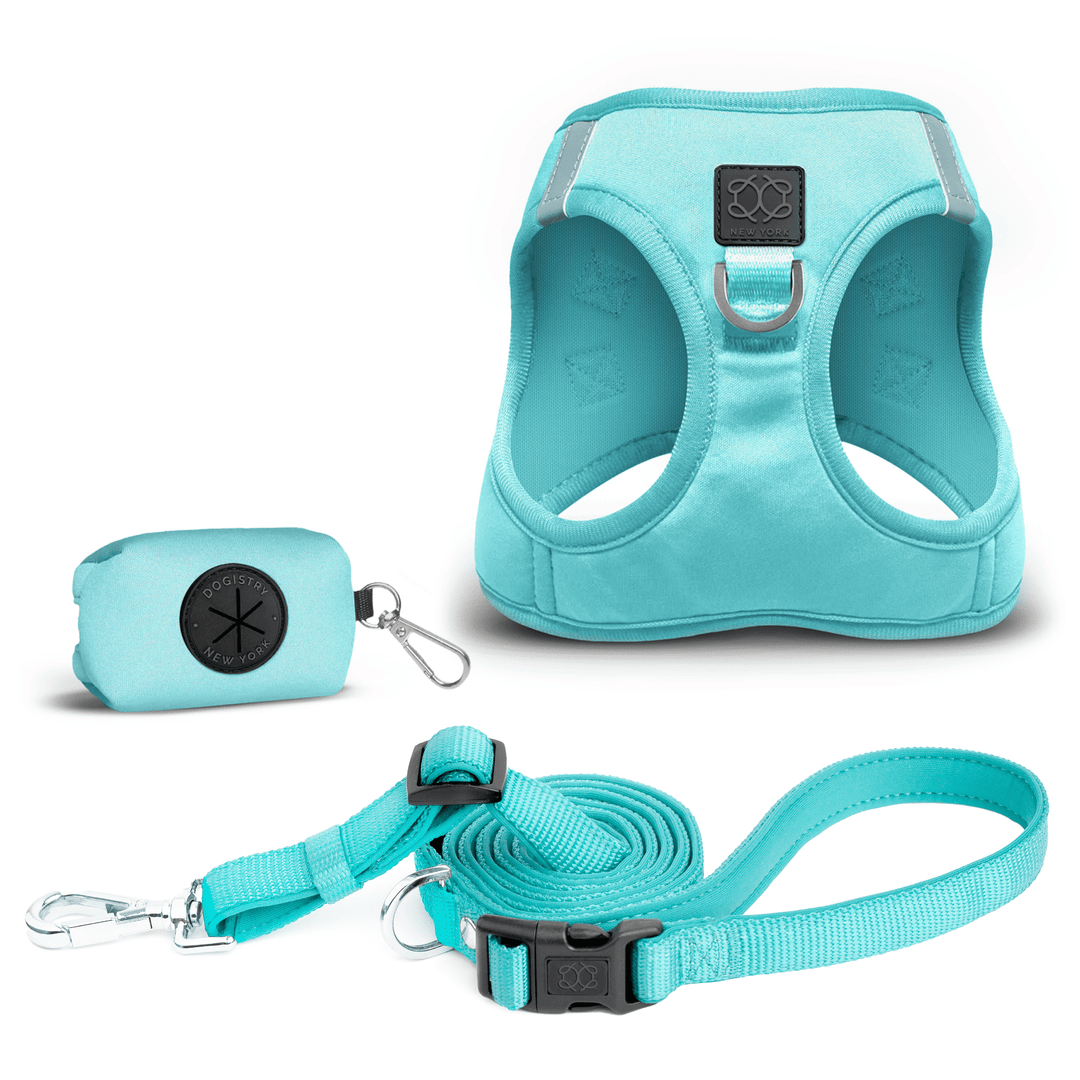
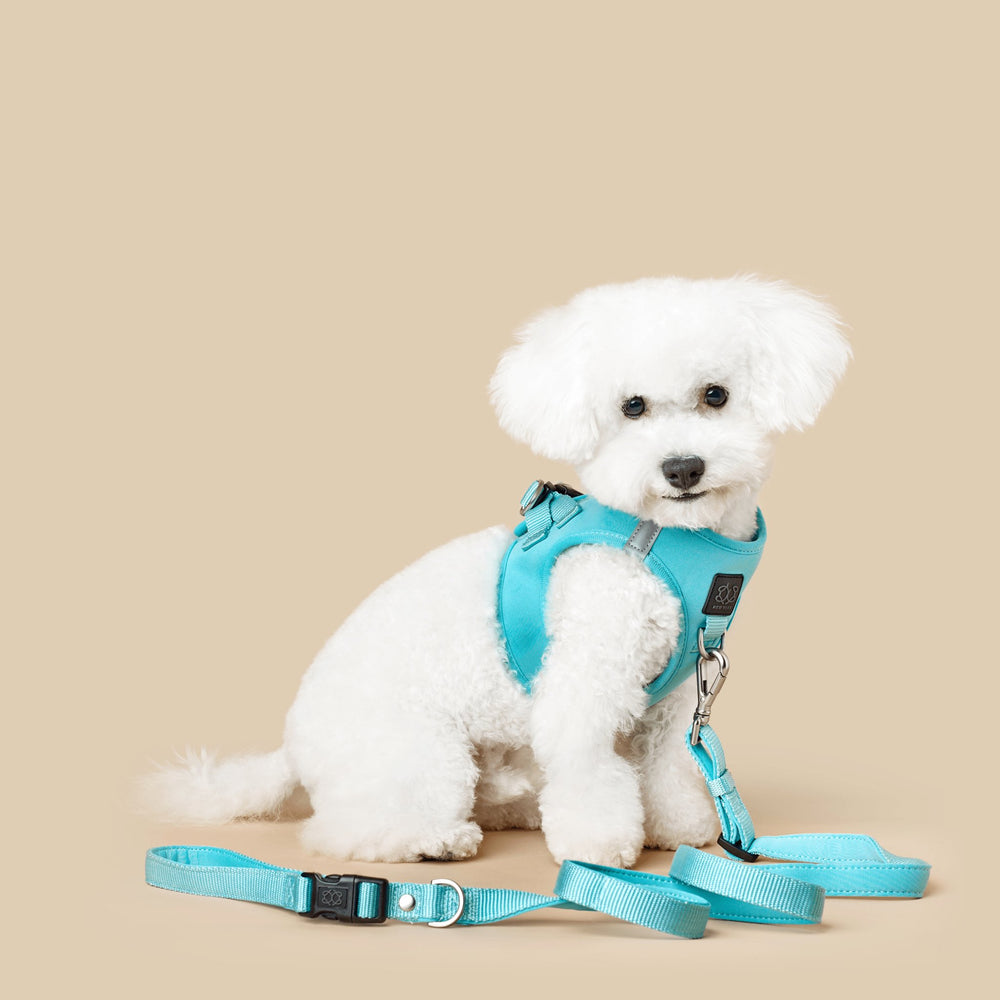
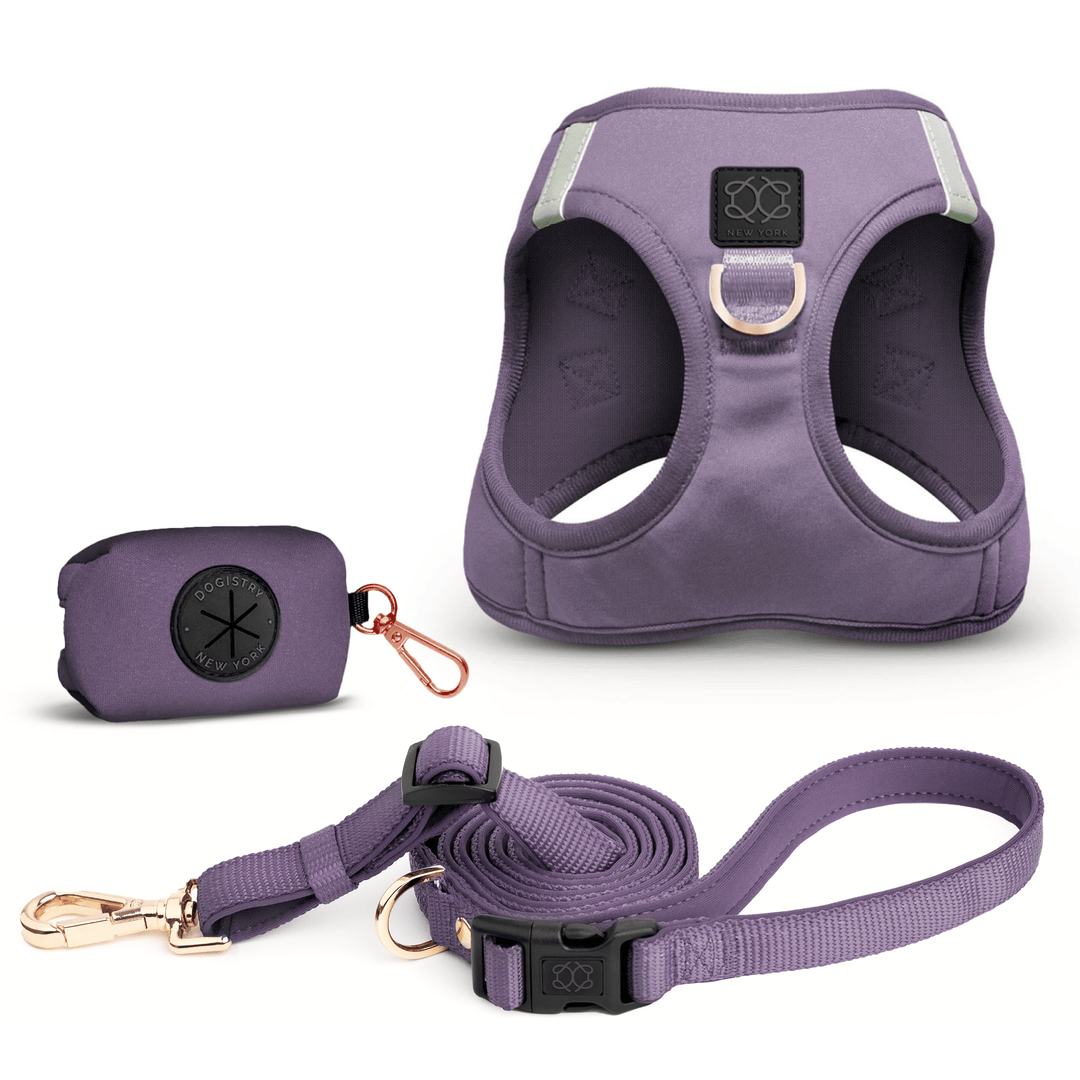
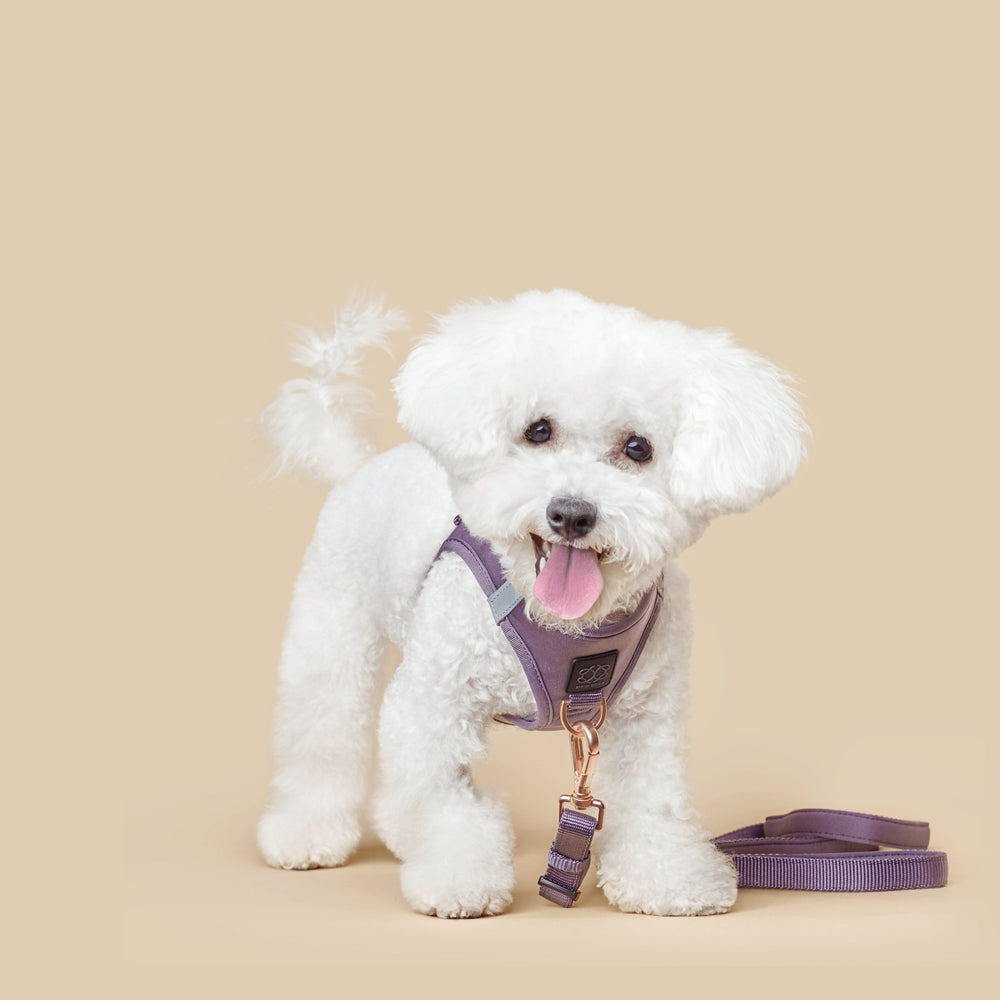
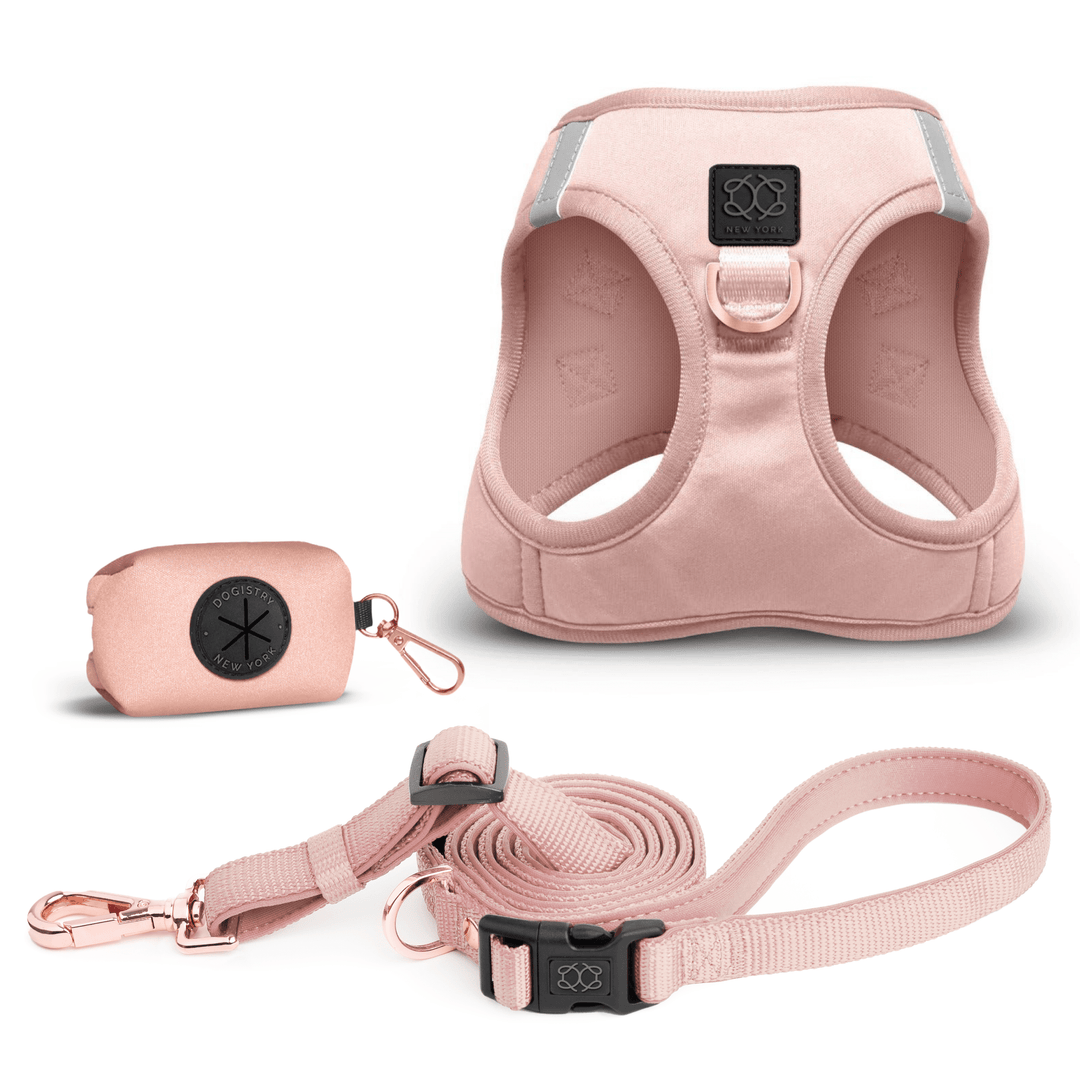
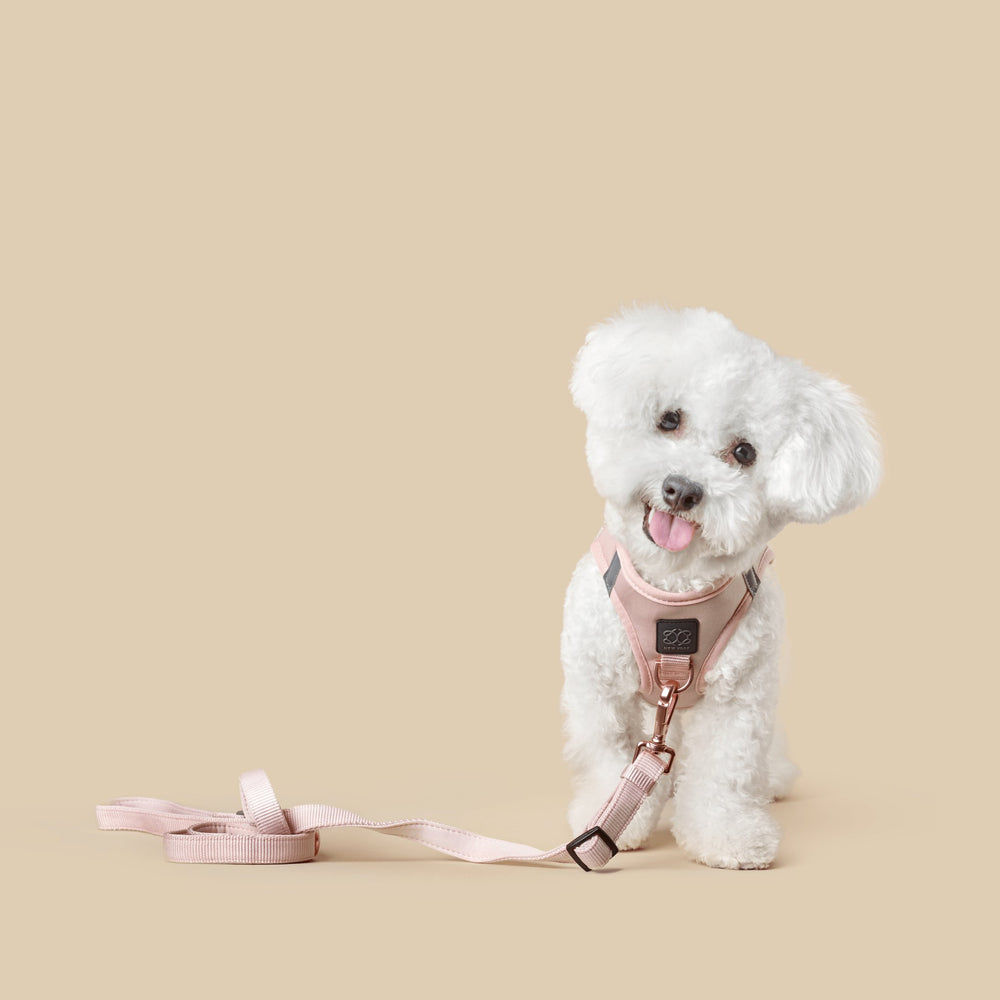


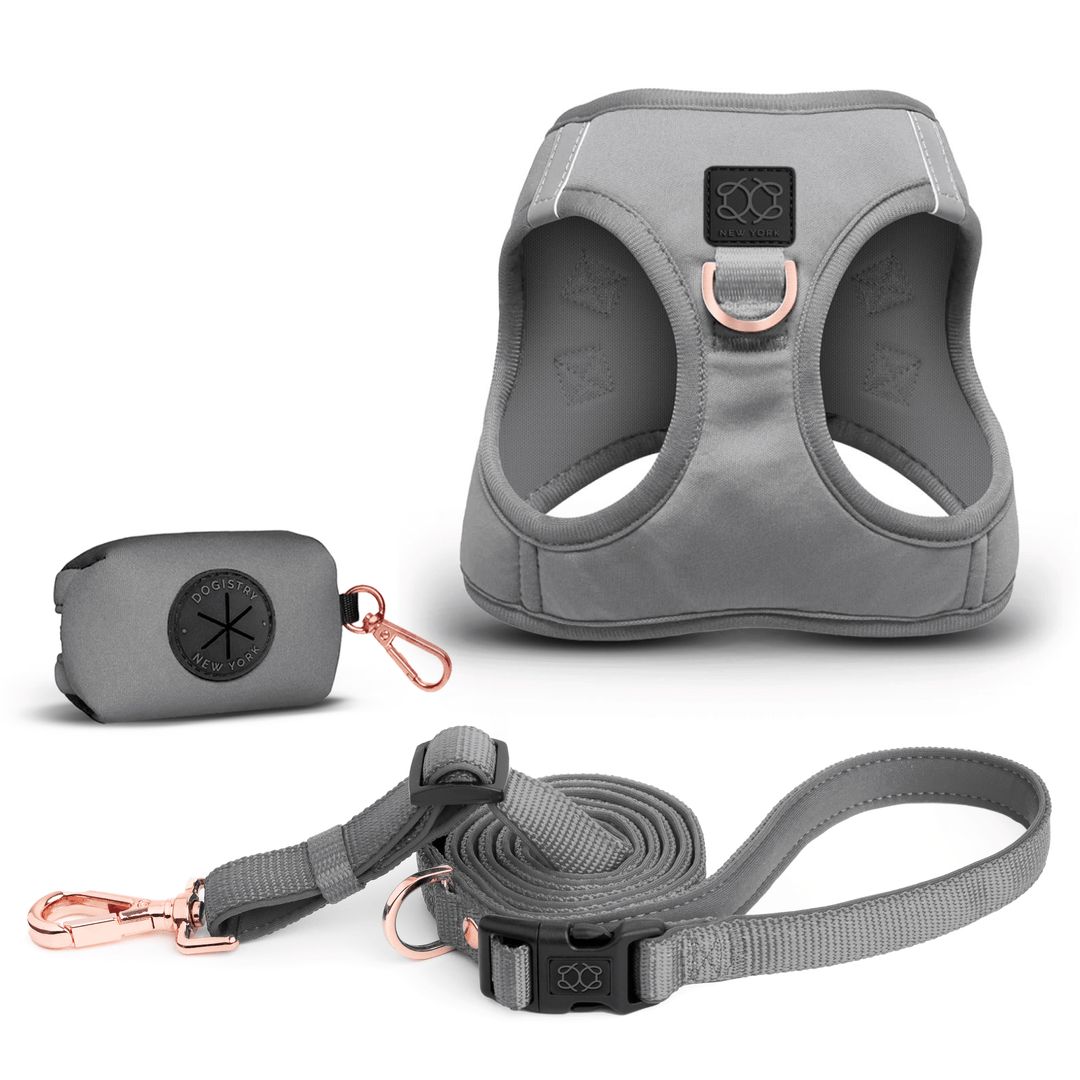
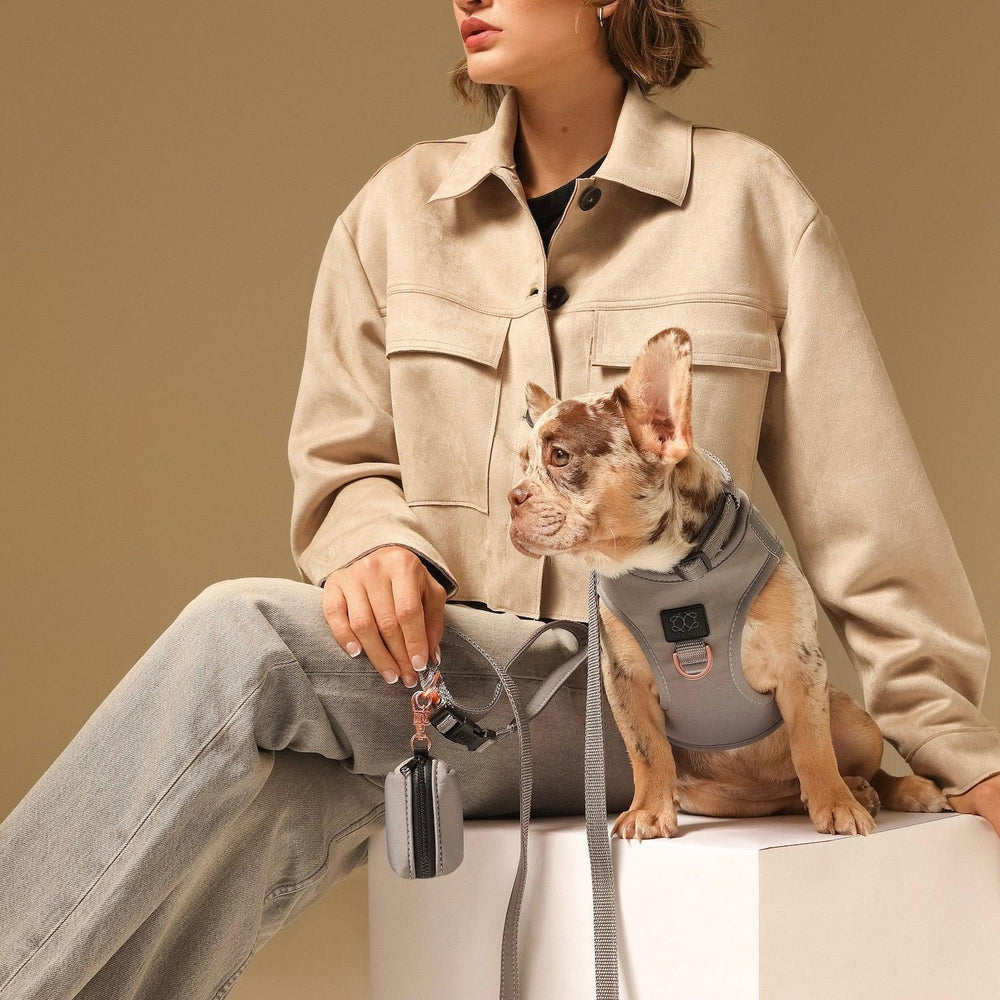

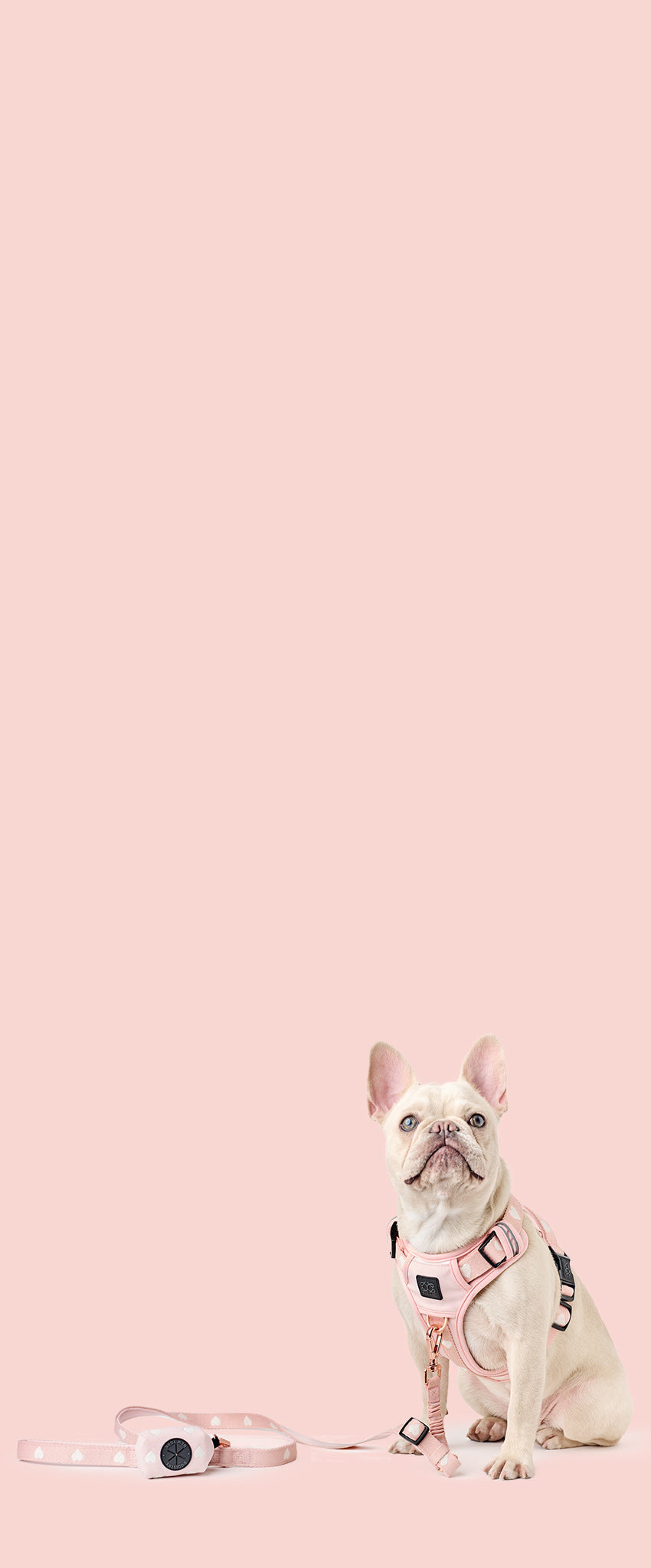
Leave a comment